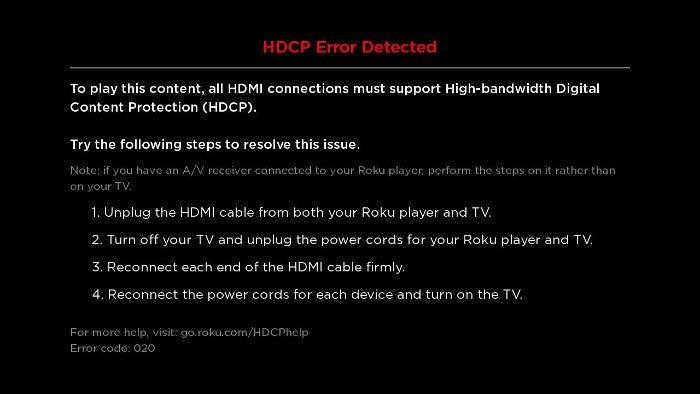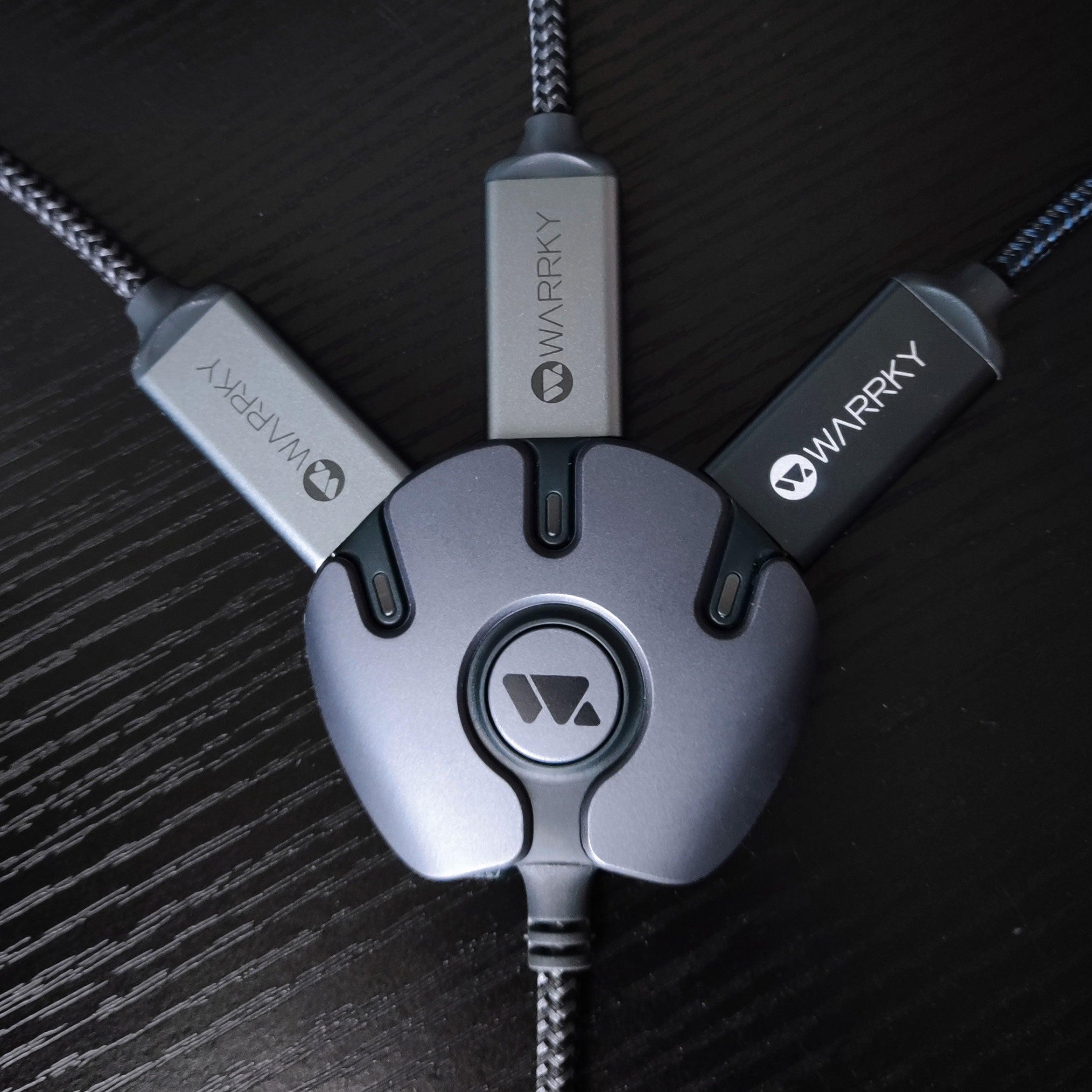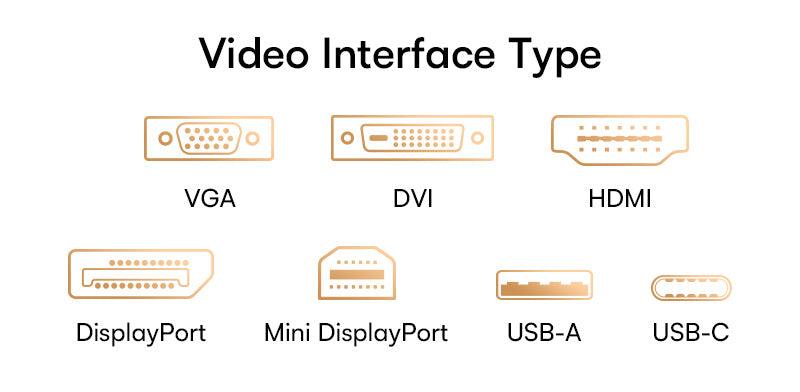In the realm of digital entertainment, safeguarding content is a crucial aspect. HDCP, or High-bandwidth Digital Content Protection, serves as a shield, preserving the integrity of high-definition audio and video. Let's explore HDCP from a different angle, delving into its significance, version variations, and the practical implications for users.
The Core of HDCP
HDCP, the cornerstone of digital content protection, is a sophisticated technology aiming to secure digital audio and video content. It functions as a digital lock, encrypting data and ensuring that only authorized devices can access and display protected content.

Diverse HDCP Versions and Compatibility Dynamics
HDCP has evolved through iterations such as HDCP 1.x, HDCP 2.x, and the latest, HDCP 2.2. Each version enhances content protection but introduces compatibility challenges. These versions often clash, causing hurdles when devices with different HDCP versions communicate.
HDCP 2.2 Unveiled
HDCP 2.2, the most recent and robust version, specifically targets safeguarding 4K content. While prevalent in modern devices, it lacks universal backward compatibility. Mismatched versions often lead to handshake errors and interruptions in content streaming, impacting user satisfaction.
Real-Life Encounters
Consider the user's journey: You settle in to stream your favorite content via your 4K TV using a modern streaming device. Unexpectedly, the handshake between the devices fails due to HDCP version disparities. The anticipated viewing experience becomes a blank screen or disrupted playback, signifying the tangible impact of HDCP version conflicts on everyday enjoyment.

Circumventing HDCP 2.2 Challenges
Frustrating as HDCP errors can be, workarounds exist. An HDMI splitter serves as a popular solution, stripping away HDCP encryption and enabling content display on multiple screens. This workaround caters not only to content consumers but also to creators seeking unhindered recording and sharing of their content.
Related Product:
HDCP stands as the guardian of digital content, but its version disparities challenge the seamless experience users seek. By understanding these complexities, consumers can navigate digital entertainment with clarity, making informed choices to optimize their viewing experiences.
In summary, HDCP safeguards content integrity, but its various versions pose compatibility challenges. Recognizing these challenges allows us to tread the digital landscape more assuredly, enhancing our entertainment experiences.







Leave a comment
All comments are moderated before being published.
This site is protected by hCaptcha and the hCaptcha Privacy Policy and Terms of Service apply.